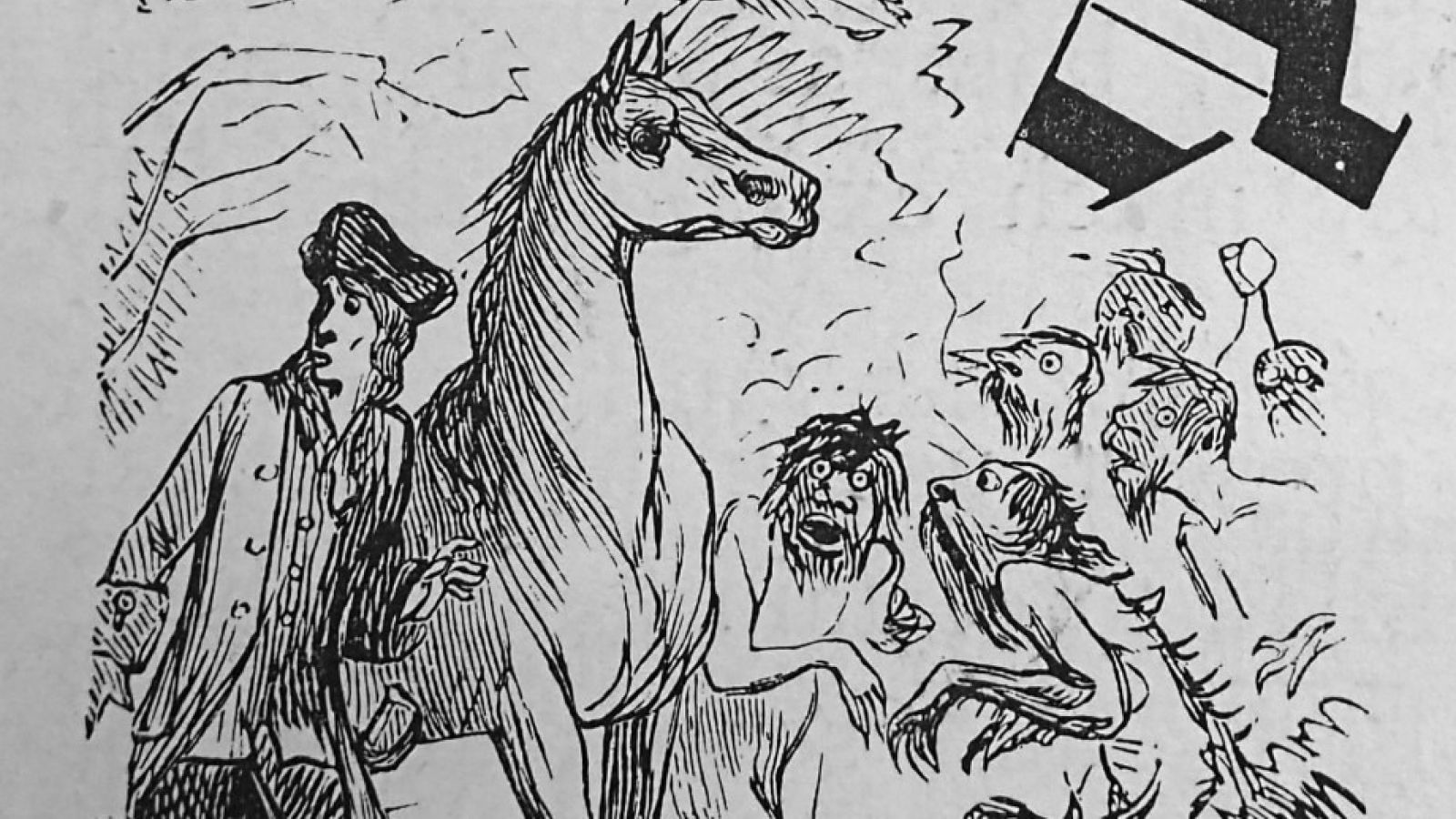ANU researcher may have solved Gulliver’s Travels mystery

Illustration from Jonathan Swift's novel Gulliver's Travels (1874 edition). Image: Flickr
A researcher from the ANU School of Archaeology and Anthropology believes she may have solved one of English literature's most enduring mysteries - the author's inspiration for the 'Yahoo' characters in Jonathan Swift's iconic 1726 novel Gulliver's Travels.
In the book the Yahoos are a race of human like creatures encountered by the book's protagonist Lemuel Gulliver.
Researcher Dr Debbie Argue said the clues to unravelling the mystery were found in North American folklore.
"Swift gave quite a detailed description of what the Yahoos looked like, how they acted and what they ate," Dr Debbie Argue said.
"As I read about the Native American descriptions of the sasquatch I noticed they had similar descriptions.
"I designed a table of characteristics between the two and the correlation was striking.
"England had a lot of involvement with Native American Indians in the early 1700s, and it's conceivable that Swift could have been inspired by their stories."
The book makes reference to three specific dates, two of which are known to correspond with significant events in Swift's own life, but the relevance of the third has remained a mystery.
"I think the date relates to the visit of the four Native American 'Kings' who arrived for a visit to England on 10 April in 1710," Dr Argue said.
The 'Kings' were actually four Native American leaders who visited for diplomatic reasons. They were received in London by Queen Anne at the Court of St. James Palace, hosted by the nobility, and transported around the city in Royal carriages.
"I think Swift used the date of the 'Kings' arrival after he heard about their beliefs in these beings. These mystical beings became the model for the Yahoos."
Dr Argue said the theory was given further weight when you look at the placement of the date within the book.
"Swift uses this date for the arrival of Gulliver back in London following a voyage, and he places this date within three sentences of introducing us to the Yahoos." she said.
Dr Argue's research has been published in the Relict Hominoid Enquiry.